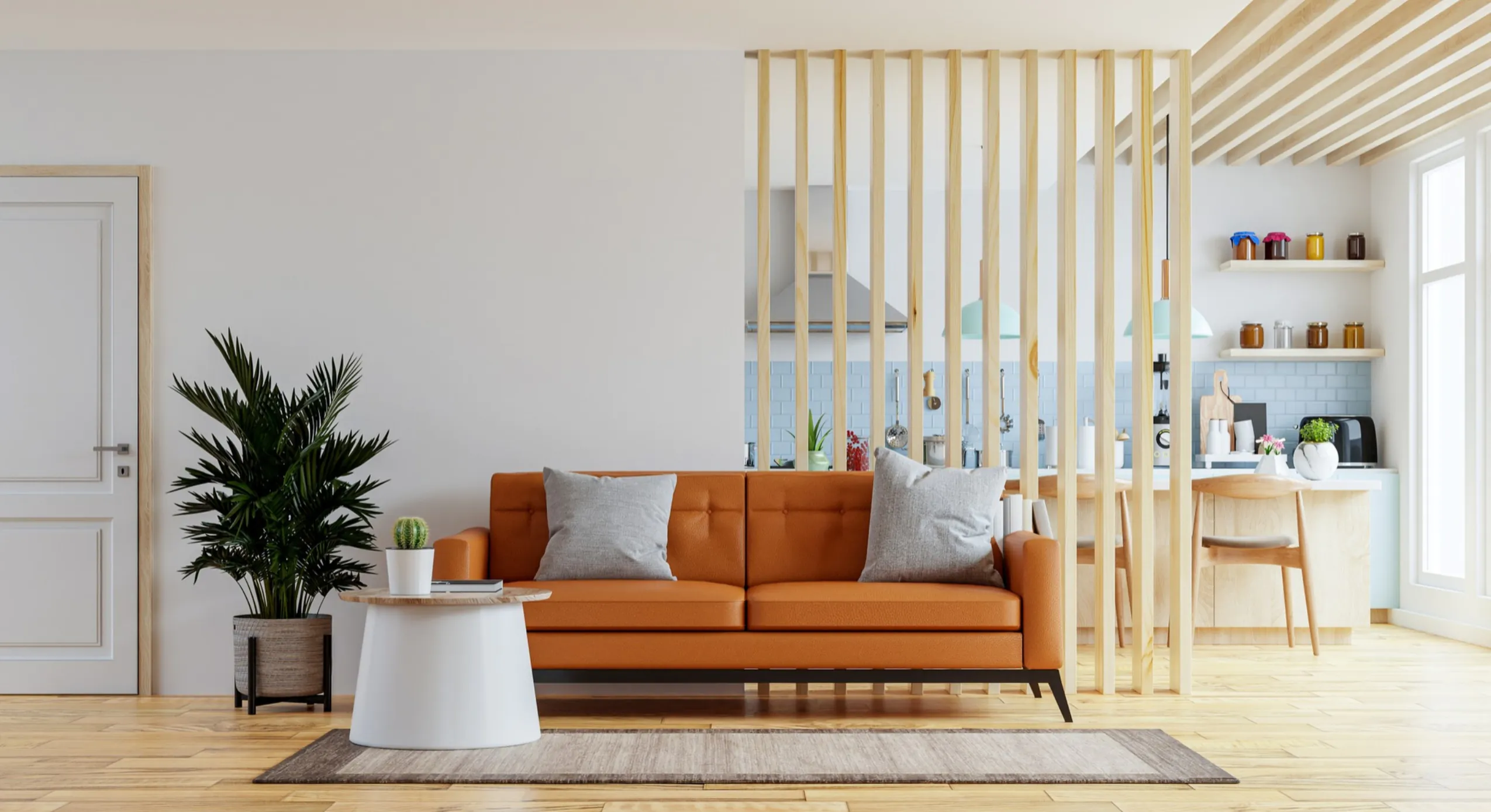Phone:
(415) 266-7337
Address:
Bay Area - San Francisco, California.

Flooring is one of the most important aspects of any space, whether it’s your home or business. The right flooring not only enhances the aesthetic appeal but also plays a crucial role in the functionality and durability of your space. With so many options available, choosing the best flooring can feel overwhelming. Here’s a guide to help you make an informed decision based on style, usage, and maintenance needs.
The function of the room should be your first consideration when selecting flooring. For high-traffic areas such as entryways, kitchens, or commercial spaces, durable options like tile, vinyl, or laminate are ideal because they can withstand wear and tear. In quieter spaces like bedrooms or offices, carpet or hardwood flooring can provide a cozy and inviting atmosphere. Each room’s purpose will guide you toward the most practical flooring choice.
Different flooring materials offer varying levels of durability and maintenance requirements. If you’re looking for something long-lasting and easy to maintain, tile or vinyl are great options for both homes and businesses, as they resist scratches, stains, and water damage. Hardwood, while classic and elegant, requires regular maintenance such as refinishing to keep it in top condition. Carpet, on the other hand, offers comfort but may need frequent cleaning, especially in high-traffic areas.
Flooring sets the tone for the entire space, so choose a material and style that complements your overall design. Hardwood offers timeless appeal with its natural warmth and variety of wood tones, making it perfect for both traditional and modern spaces. Tile and stone provide a sleek, contemporary look, while laminate can mimic the appearance of wood or stone at a more affordable price. If you want a comfortable, soft surface underfoot, carpet comes in a wide range of colors and textures to suit your style.
Budget is often a determining factor in flooring choices. Laminate and vinyl offer budget-friendly alternatives that are durable and stylish, making them perfect for large commercial spaces or rental properties. Hardwood and natural stone tend to be more expensive upfront but offer long-term value and a premium look that can increase the property’s resale value. Carpet can vary widely in price depending on the material and quality, so it’s important to balance cost with durability.
If sustainability is a priority for you, consider eco-friendly options such as bamboo, cork, or reclaimed wood. These materials are renewable and often sourced responsibly, helping to reduce your environmental footprint. Bamboo, for example, grows much faster than traditional hardwood, making it a popular choice for green building. Cork is naturally renewable and provides excellent insulation for energy efficiency.
The climate in your area and the location of the space should also influence your choice of flooring. In regions with high humidity or frequent moisture, tile, vinyl, or engineered wood are better options as they are more resistant to water damage. For colder climates, carpet or radiant-heated flooring systems can help maintain warmth and comfort in living spaces.1. Accent Walls for a Bold Statement
Conclusion
Choosing the right flooring for your home or business is a balance between aesthetics, durability, budget, and functionality. Whether you prioritize the warmth of hardwood, the durability of tile, or the eco-friendliness of bamboo, it’s important to select a material that fits both your style and the demands of the space. By considering these key factors, you’ll be well on your way to selecting flooring that enhances your space for years to come.